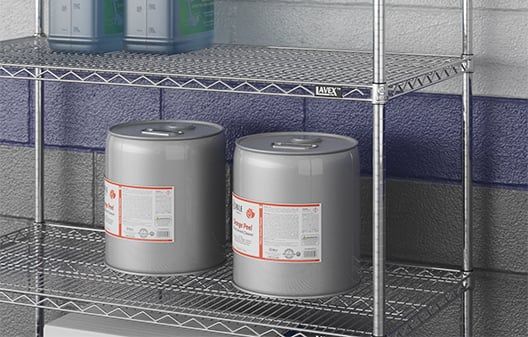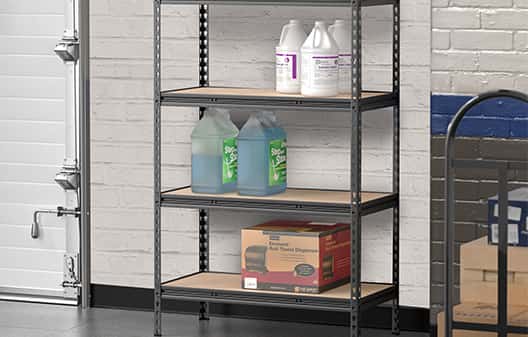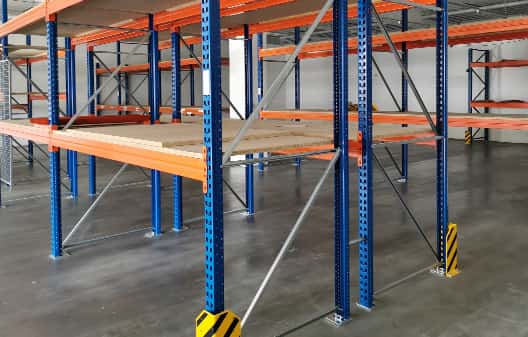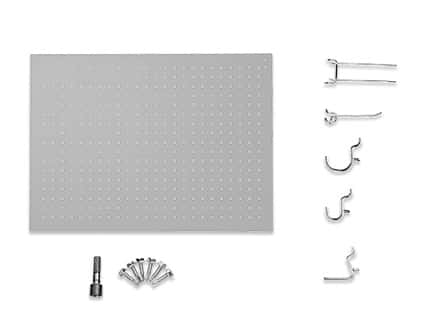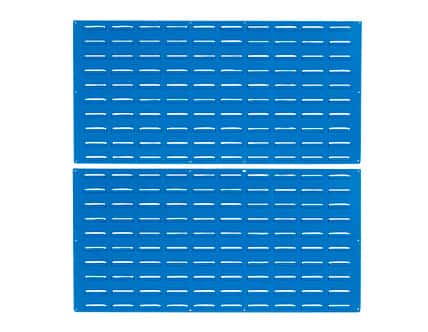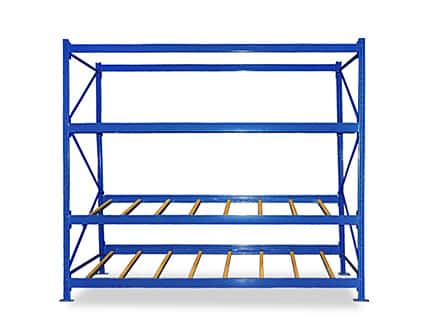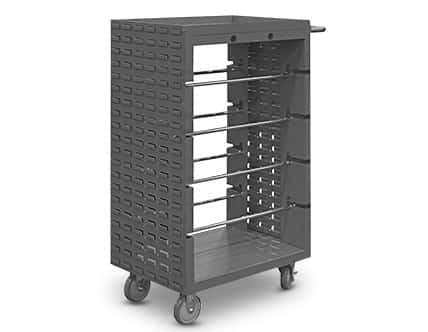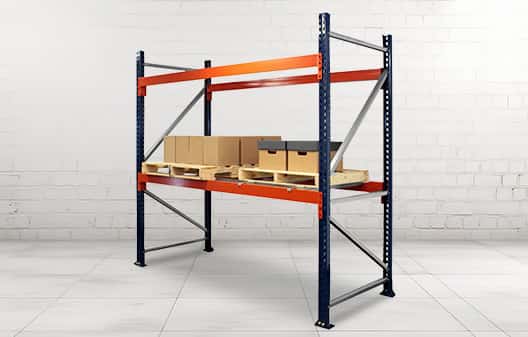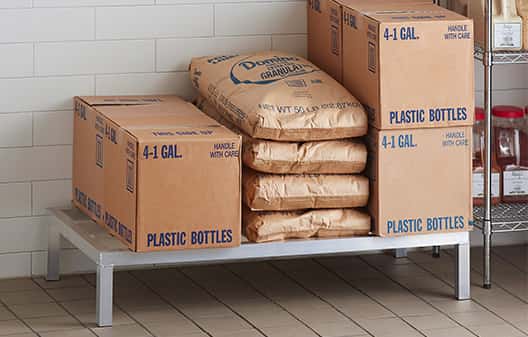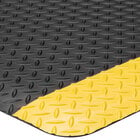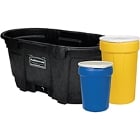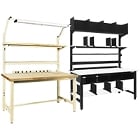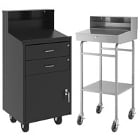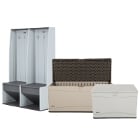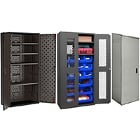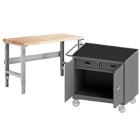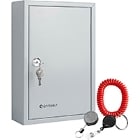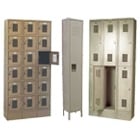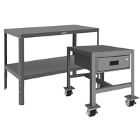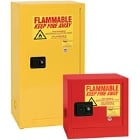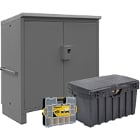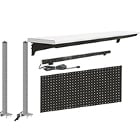Industrial Shelving
Keep Your Equipment and Supplies Organized with Industrial Shelving and Storage Racks
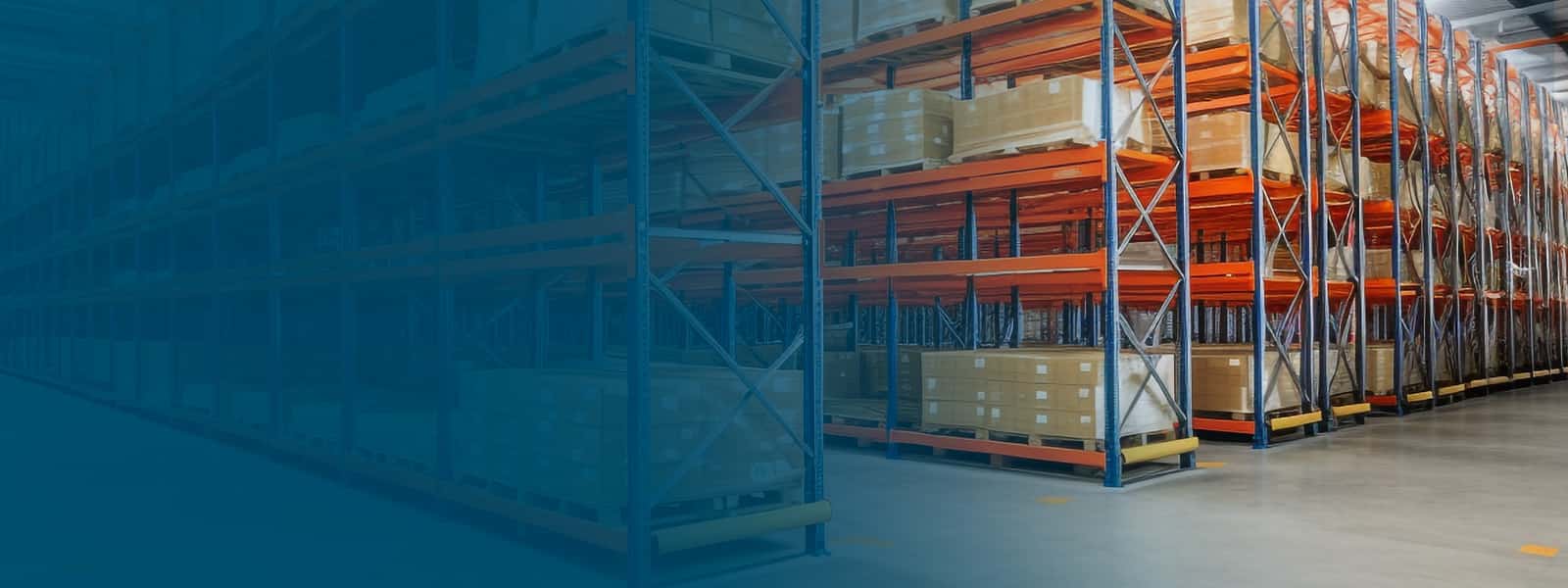
Wire Shelving
Shop 917 Products
Use sturdy wire shelving to store smaller goods and supplies, allowing for easy access.
Boltless Shelving
Shop 209 Products
Boltless shelving is generally made of particle board for easy assembly that doesn’t require extra tools.
Industrial Steel Shelving
Shop 143 Products
For all your heavy-duty equipment, industrial steel shelving is durable and long-lasting.
Pallet Racks
Shop 68 Products
Keep your pallets organized and out of the way using our supply of pallet racks.
Industrial Storage Racks
Shop 187 Products
Industrial storage racks keep everything organized, which helps your employees succeed.
Dunnage Racks
Shop 492 Products
Dunnage racks are low, small shelves made for stacking items such as flour and boxes for easy access.
Storage Bins
Shop 405 Products
Organize your warehouse by storing extra supplies in industrial storage bins and totes.
Storage Totes and Containers
Shop 175 Products
Keep your products safely packed away and organized by using durable storage totes and containers.
Top Products
Other Storage & Workspace Supplies
Streamline Your Warehouse with Industrial Shelving and Storage
Efficiently managing space and storage within your business helps get the most out of your location. Clutter is not only an eyesore but can also hamper productivity or even lead to accidents in your workspace. Industrial shelving and storage make it easier for your business to stow away items and get the most out of limited spaces.
Our selection of industrial shelving is a great solution to many of your establishment’s storage needs, upgrading your storage capacity. Pick stations are also a great addition to your business’s storage, putting all your ingredients in one location to make it easier for your staff to organize and fill orders. When looking at convenient storage options for your establishment, check out our selection of lockers to provide your staff with personal storage for their belongings.
How to Set Up a Warehouse
Read More
Pallet Racking
Read More
Pallet Stacking
Read More
